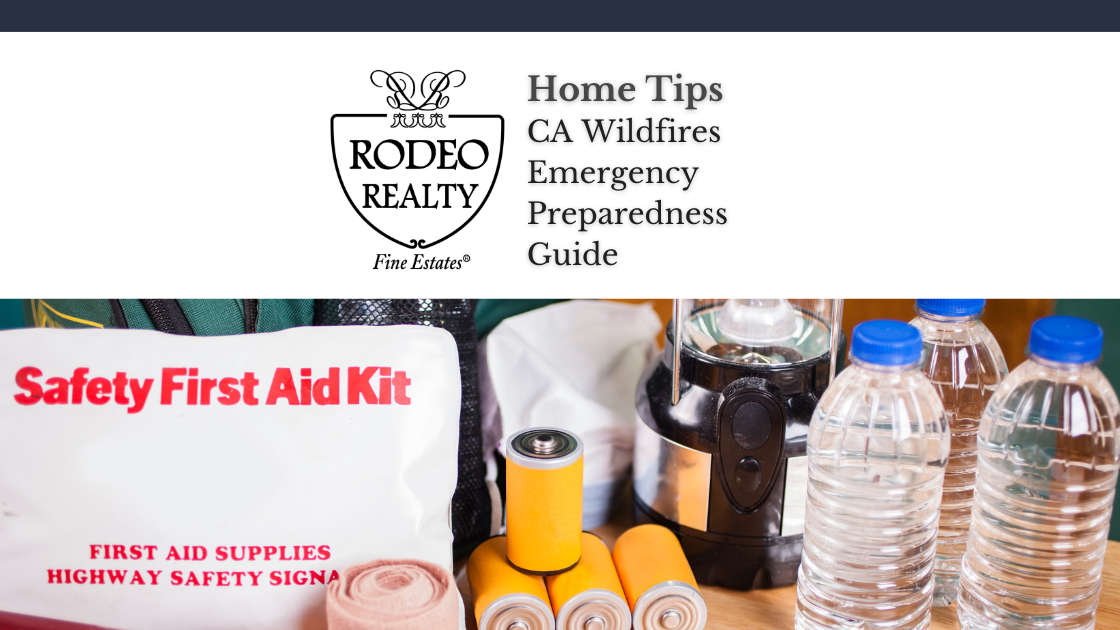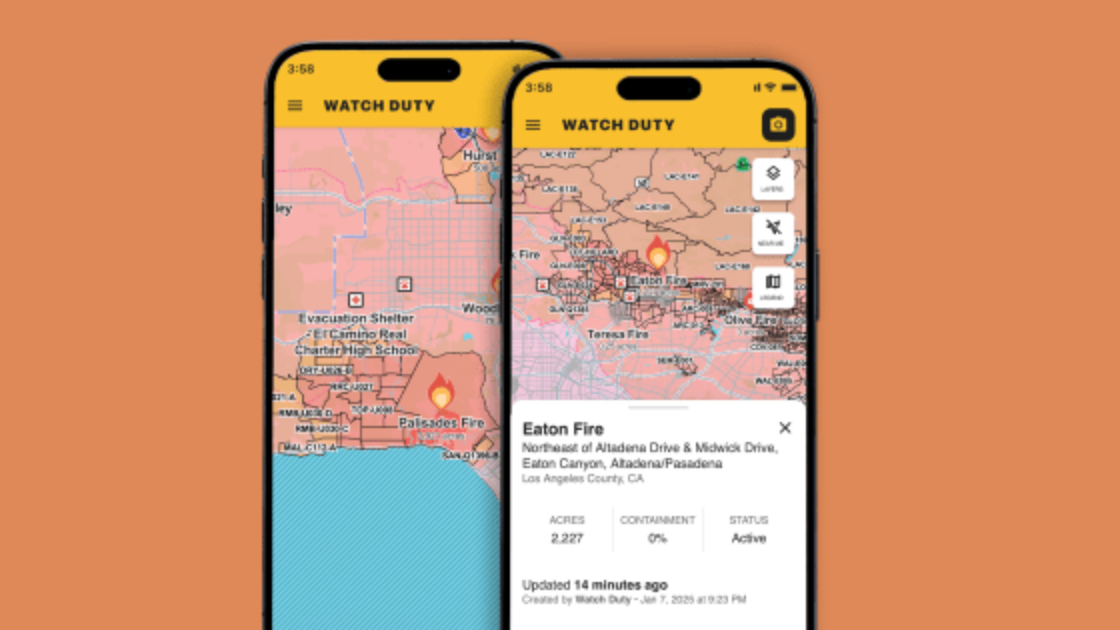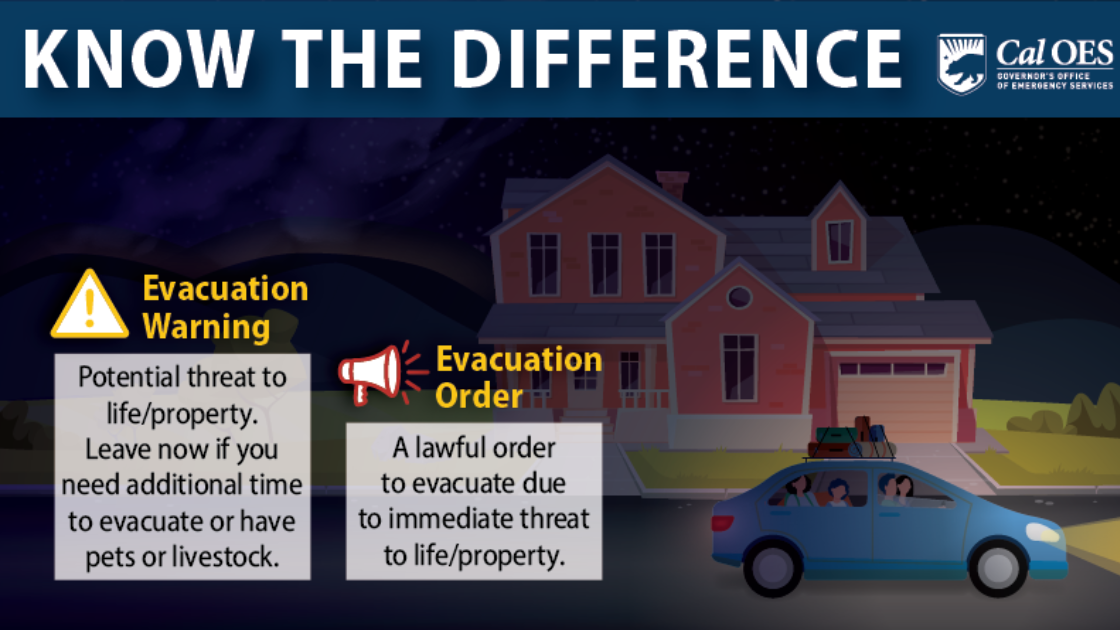The Los Angeles wildfires have been devastating for the community. As we work together to recover from the ongoing fires, safety remains of the utmost importance. Preparation and swift action are crucial to ensuring safety of you, your loved ones, and your property. Below are essential tips to help you stay safe during wildfires and effectively handle an evacuation if necessary.
Before a Wildfire: Prepare in Advance
Preparation is key to minimizing risks. Follow these steps to safeguard your home and ensure you’re ready to act if a wildfire approaches:
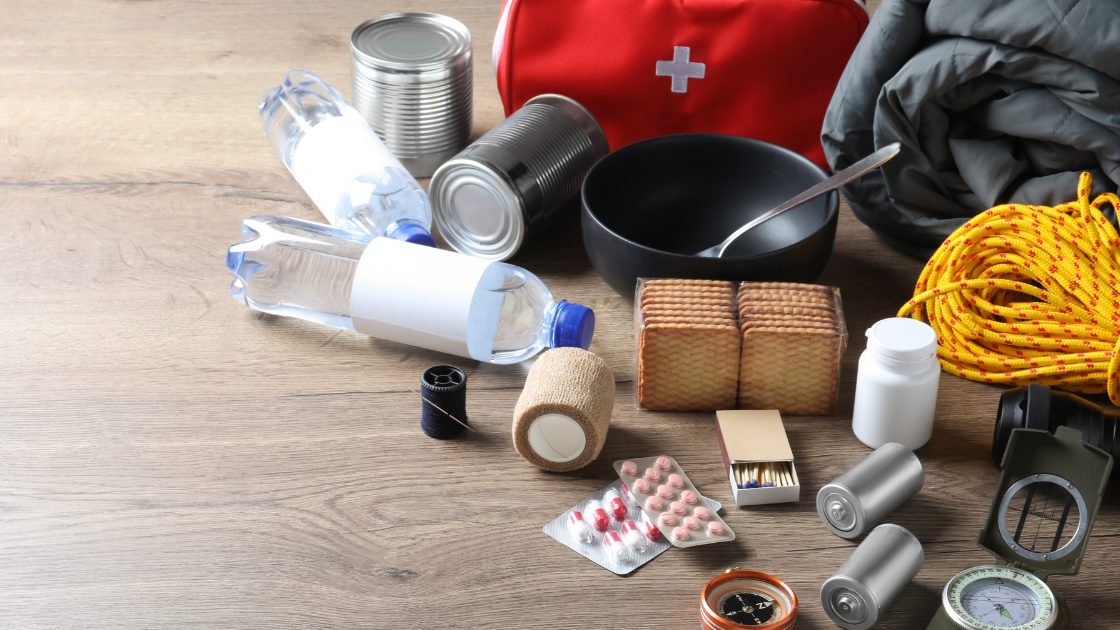
1. Create a Defensible Space
- Clear vegetation, dry leaves, and debris within 30 feet of your home.
- Trim tree branches at least 10 feet away from your roof and chimney.
- Use fire-resistant materials for roofs, fences, and decks when possible.
2. Assemble an Emergency Kit
Have an emergency kit ready that includes:
- Important documents (insurance papers, IDs, etc.)
- Water (one gallon per person per day for at least three days)
- Non-perishable food
- Flashlights, extra batteries, and a portable phone charger
- First-aid supplies and necessary medications
- N95 masks to filter out smoke particles
3. Create a Family Evacuation Plan
- Identify multiple evacuation routes from your home and community.
- Designate a meeting point in case family members are separated.
- Plan for pets by packing their food, water, and carriers.
4. Sign Up for Alerts
Enroll in local emergency alert systems to receive real-time updates on wildfires in your area.
During a Wildfire: Stay Informed and Take Action
When a wildfire is nearby, every moment counts. Take these steps to stay safe:
1. Monitor Updates
- Stay tuned to local news, weather apps, or emergency alerts for evacuation orders and wildfire progression.
- If authorities issue an evacuation order, leave immediately.
2. Keep Smoke at Bay
- Close all windows, doors, and vents to reduce smoke entering your home.
- Run air purifiers if available and avoid using anything that increases indoor smoke, such as candles or fireplaces.

3. Have Your Car Ready
- Park your vehicle in an accessible location with the tank full.
- Load your emergency kit, valuables, and evacuation essentials beforehand.
When You Need to Evacuate
If evacuation becomes necessary, acting quickly and efficiently can save lives.
1. Follow Evacuation Orders
- Never ignore an evacuation order; leave as soon as possible to avoid traffic delays and exposure to fire.
- Use designated evacuation routes to avoid blocked or unsafe roads.
2. Protect Your Home (If Time Permits)
- Shut off gas and propane lines.
- Close all windows, doors, and interior doors to reduce airflow.
- Leave exterior lights on to help first responders locate your home in smoke-filled conditions.
3. Stay Calm and Alert
- Keep your emergency kit and essentials in the car.
- Contact family or friends to let them know you are evacuating and your planned destination.
After the Wildfire: Returning Home Safely
Once the fire is contained and authorities declare it safe to return, follow these guidelines:
1. Inspect Your Home
- Look for structural damage, lingering smoke, or hot spots.
- Avoid using utilities until professionals have inspected them.
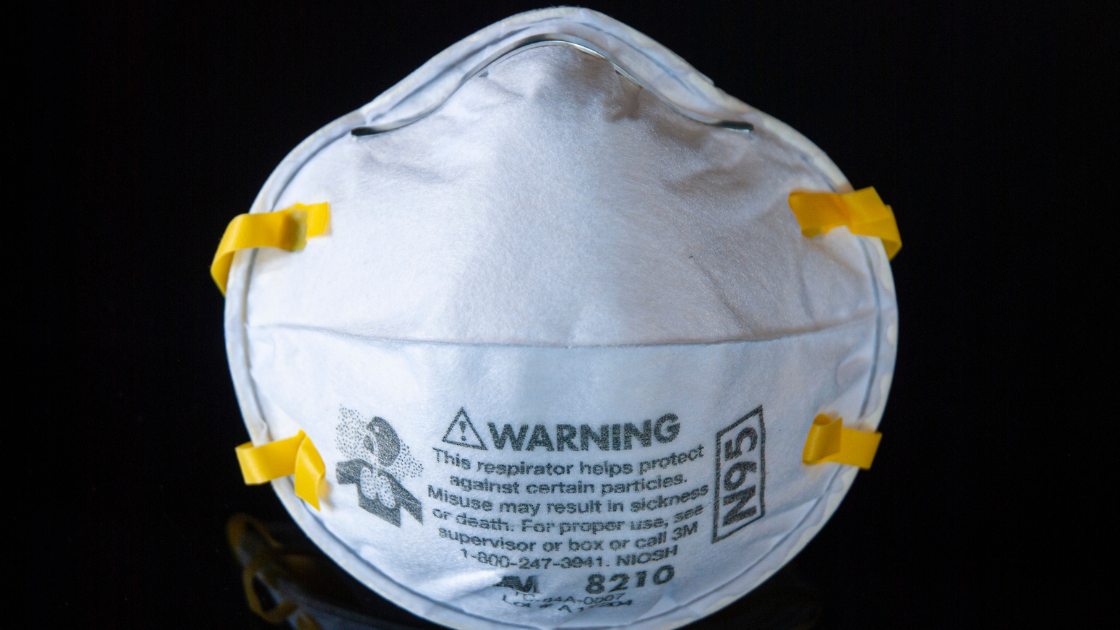
2. Wear Protective Gear
- Use gloves, long sleeves, and sturdy shoes when handling debris.
- Wear an N95 mask to prevent inhaling residual smoke and ash.
3. Document Damage
- Take photos of your property for insurance claims.
- Contact your insurance company as soon as possible to report damage.
Stay Prepared, Stay Safe
Wildfires can escalate rapidly, but proactive planning can make a significant difference. By creating a defensible space around your home, assembling an emergency kit, and having an evacuation plan in place, you can protect yourself and your family during wildfire season. Remember, your safety is the top priority—when in doubt, evacuate early.
